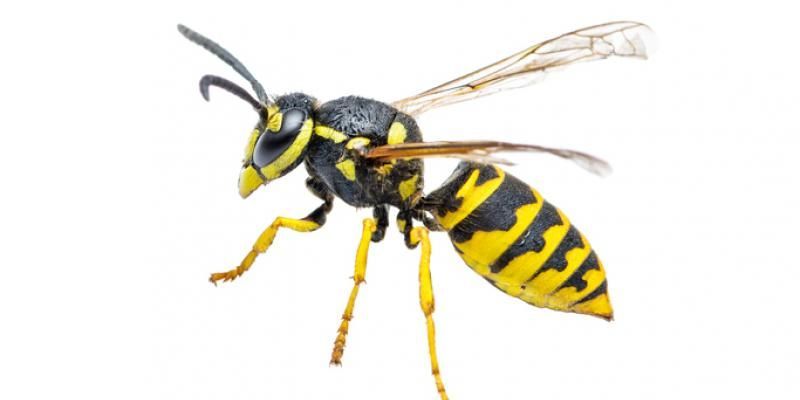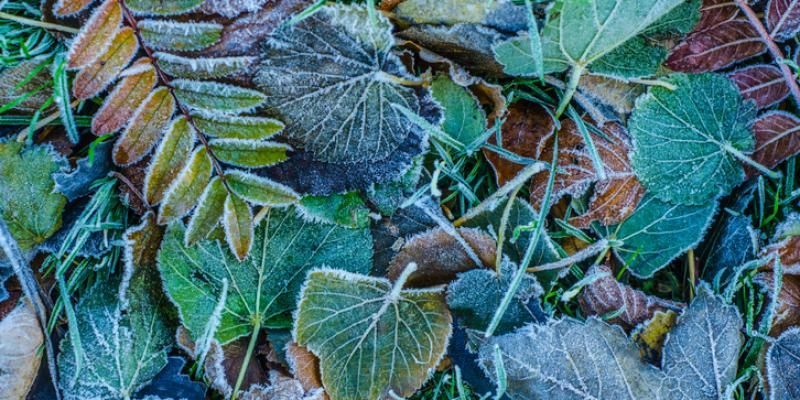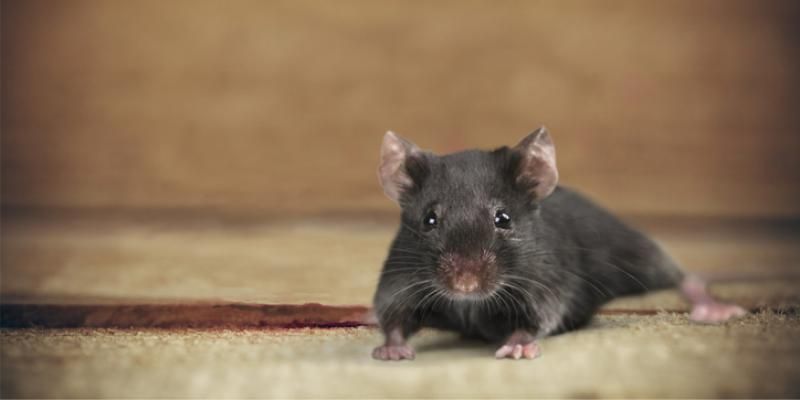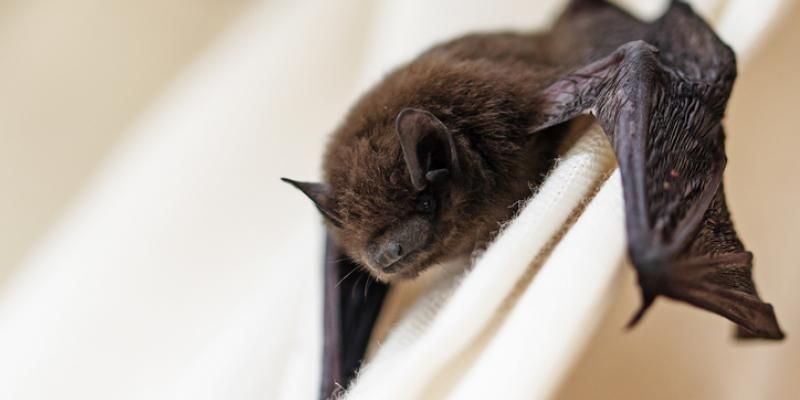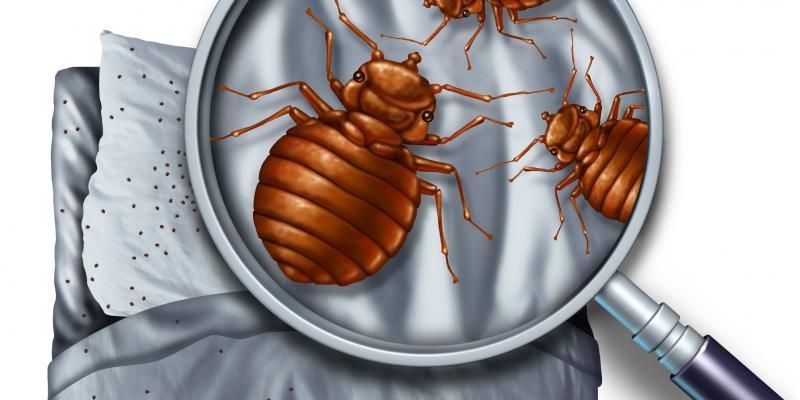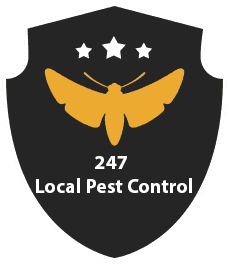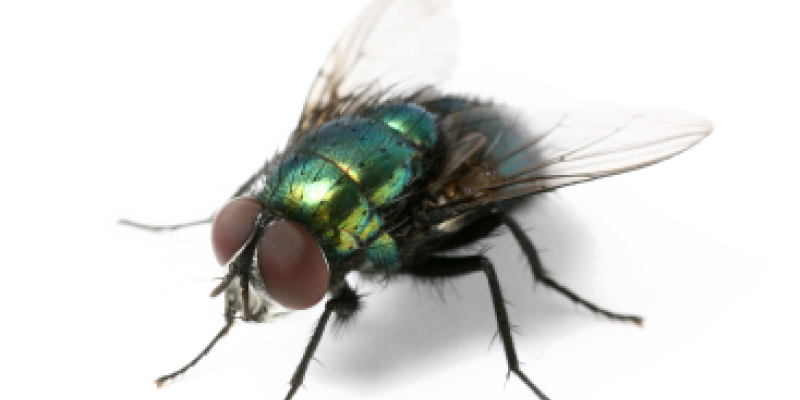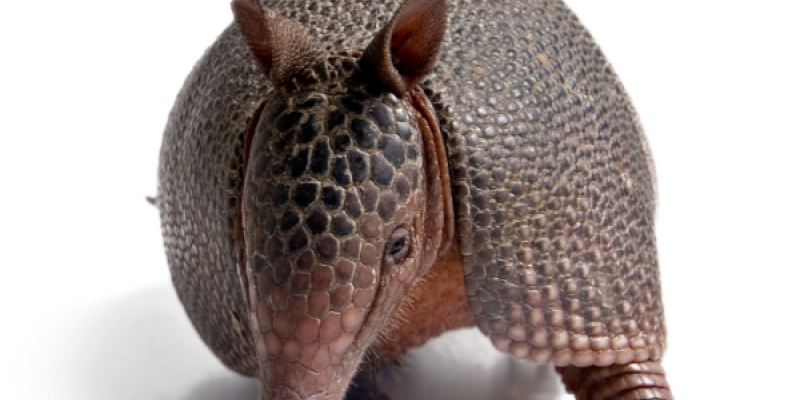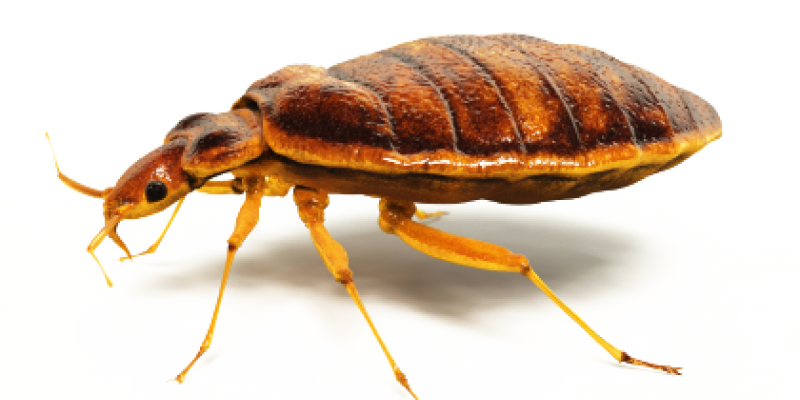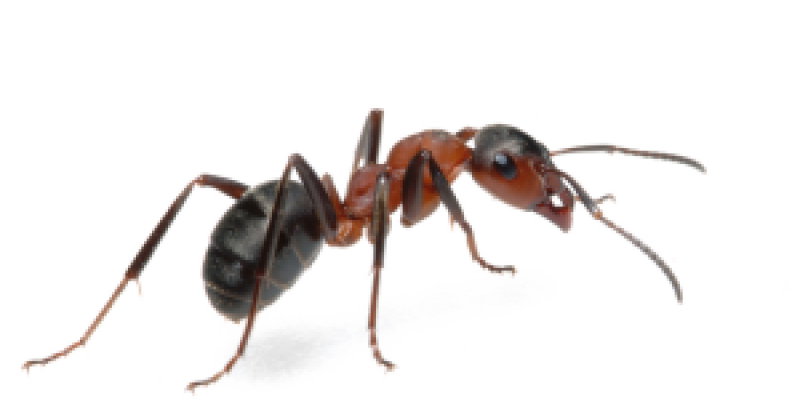Phorid Flies More Than A Nuisance
PHORID FLIES (Phoridae) are a family of small, hump-backed flies resembling fruit flies
. Phorid flies can often be identified by their escape habit of running rapidly across a surface rather than taking to the wing. This behavior is a source of one of their alternate names, scuttle fly.
Phorid flies mostly breed in decaying animal or plant material
. Some are parasites (genus Pseudacteon) which have been released in the United States to biologically control red imported fire ants. The larvae of these phorid flies decapitate worker ants by consuming the contents of the head and causing it to fall off.
The adults feed on nectar, honeydew, and the juices exuding from fresh carrion and dung . Some adults feed on the body fluids of living beetle larvae and pupae, others prey on small insects. Several species have the common name coffin fly, because they breed in human corpses with such tenacity, they can even continue living within buried coffins.
WHERE FOUND
In structural pest management, phorid flies are found breeding in a wide variety of materials . They are common in medical waste and corpses and, therefore, in healthcare facilities and mausoleums. Where animals are cared for, they can breed in soiled bedding and feces . In kitchens and other food-handling areas, they can breed successfully in moist organic matter . The worst-case scenario is when a plumbing line breaks underneath a building’s foundation and phorid flies breed in the soil moistened with organic matter, then enter the building through openings in the floor.
MANAGEMENT
Ideally, phorid flies are best managed by finding and removing breeding sites . If breeding sites are difficult to keep clean, a borate solution can be applied to convert the breeding medium into a toxic bait that will kill the larvae. Insect light traps can help remove a significant number of adults from the environment. An appropriately labeled fly bait can also be applied to surfaces where adult flies tend to congregate.

